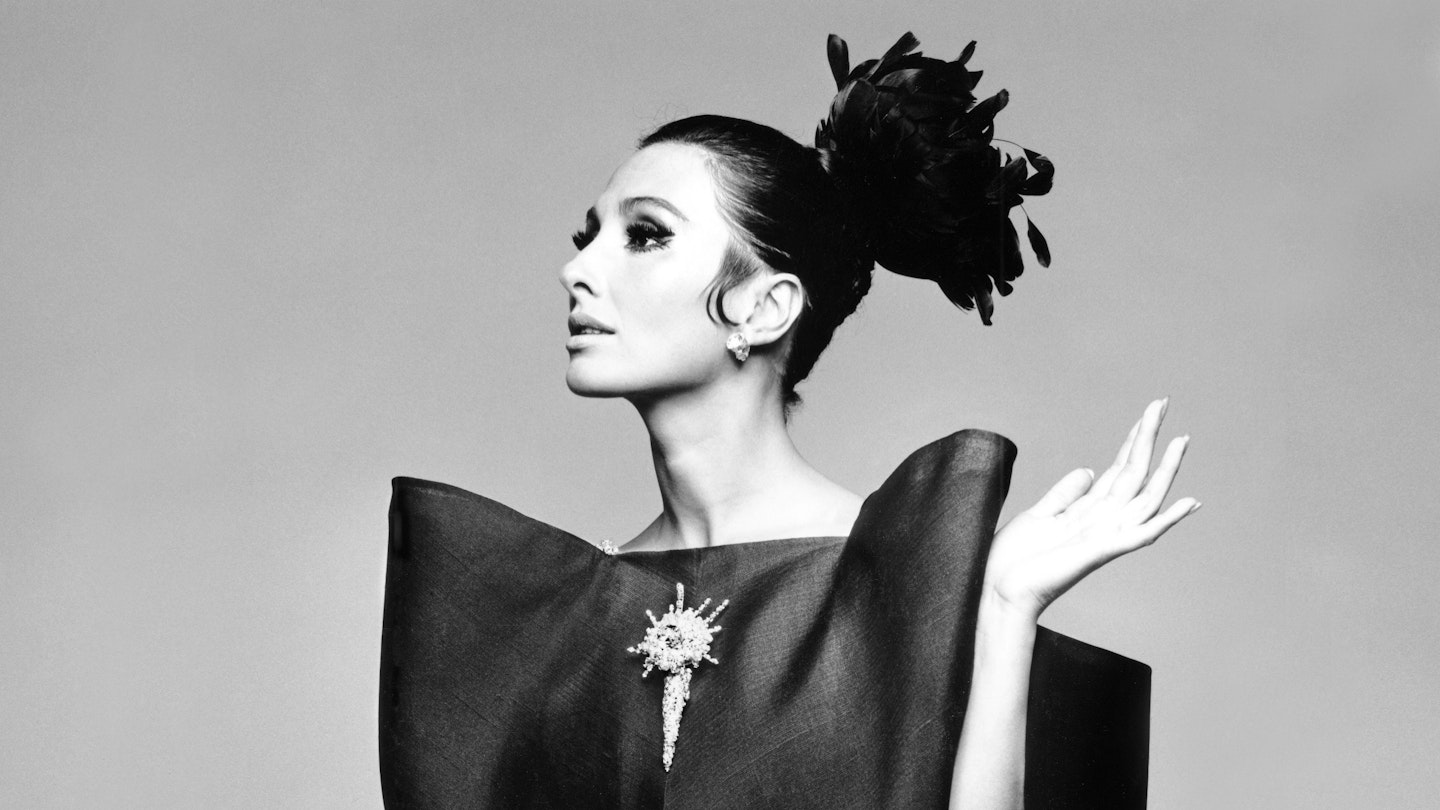‘Is Balenciaga…A man or a woman?’ a colleague asked recently. Not such a silly question, actually. It’s 2017: The French fashion house has amassed an enviable clientele (fans include Sienna Miller, Rihanna and Kendall Jenner), is arguably one of the hottest PFW invites in town and often makes one question even the most basic fashion rules each season (an oversized shopper bag giving off a bit of an IKEA tote vibe? Over the knee purple spandex boots? Who cares!) Yet, many know almost nothing about the man who created the brand in 1917; Cristóbal Balenciaga. A stark contrast to the “celebrity designer” standard of today; selfies with their muse of-the-moment, millions of Instagram followers, their beloved pets having millions of Instagram followers et cetera. But now the profound impact the private visionary has had on the modern fashion world (he was famously referred to as the “master of us all” by Christian Dior) is to be celebrated this month at the V&A with their summer blockbuster Balenciaga: Shaping Fashion.
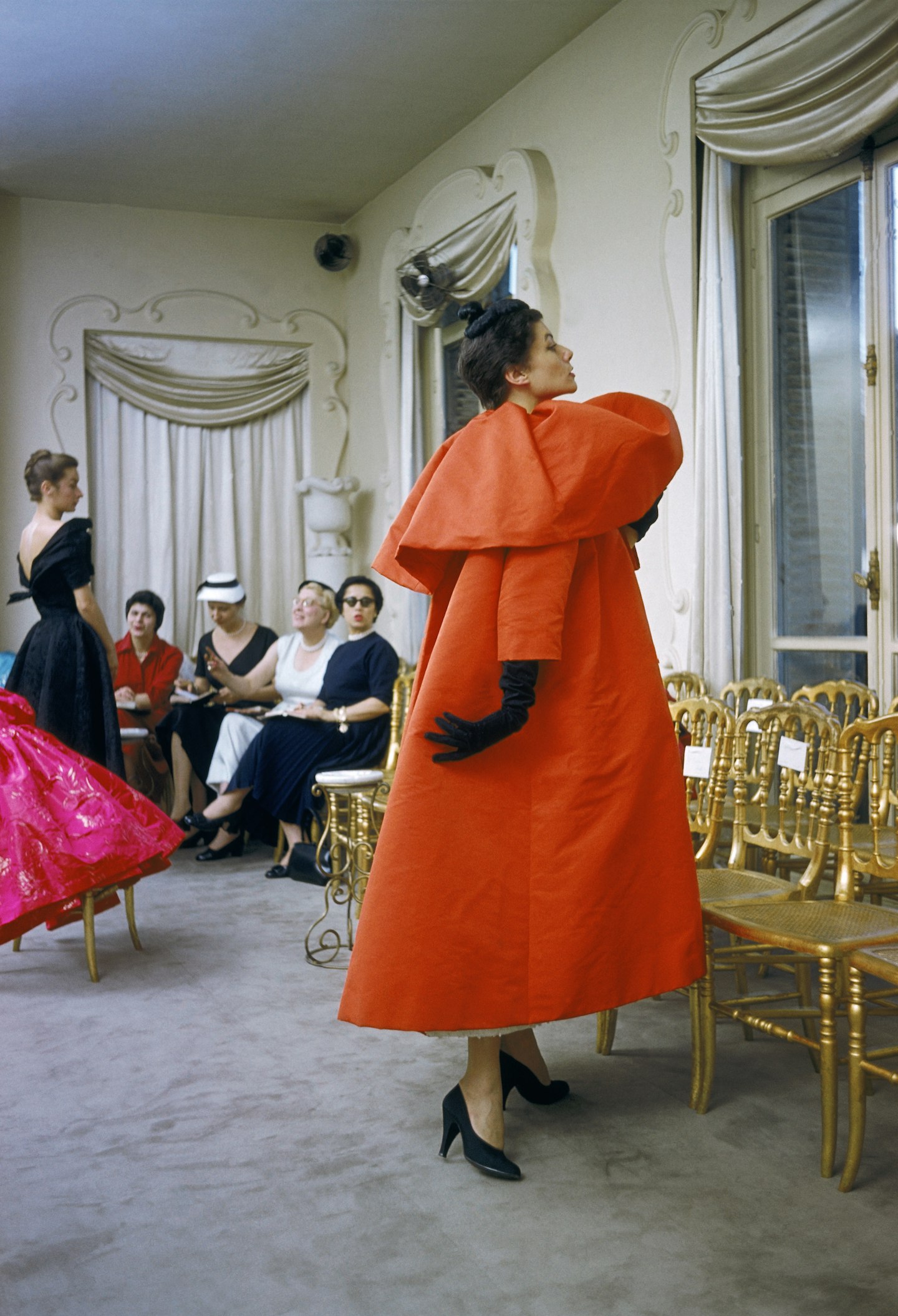
The first of its kind look at the designer’s unique approach to making is divided into three sections; ‘Front of House’, ‘Workrooms’ and ‘Legacy’. 150 garments - including 20 hats - will be on display, some of which have never been seen by the public. Forensic fans will also appreciate the ‘X-ray’ room - which reveal hidden details in four Balenciaga dresses invisible to the naked eye, thanks to X-ray artist and filmmaker Nick Veasey.
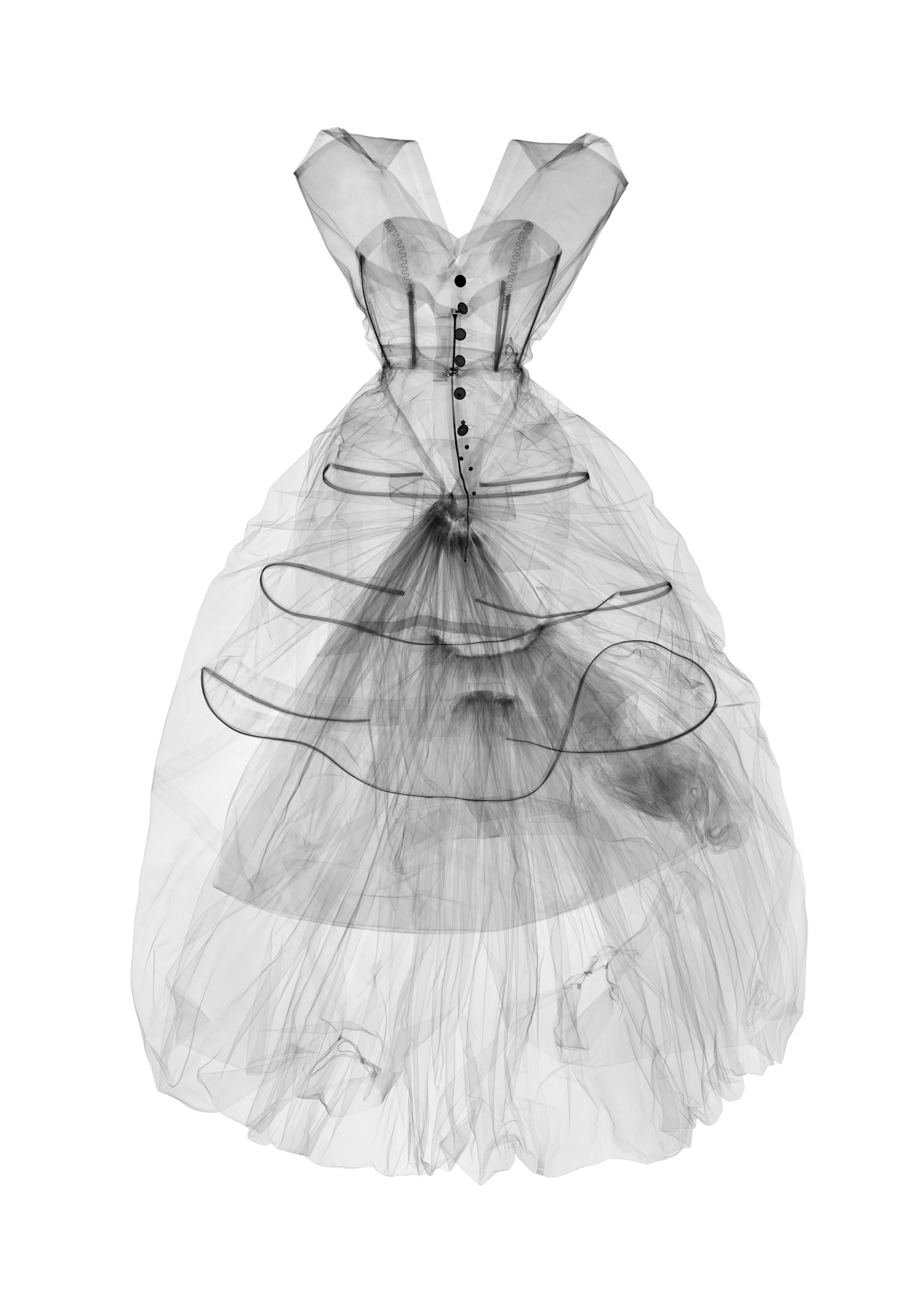
‘We’re looking at Balenciaga in a very particular period, the ‘50s and ‘60s, considered to be his most creative,’ exhibition curator Cassie Davies-Strodder tells us. ‘He had a really long career. He started a fashion apprenticeship at 12. Opened his first fashion house in 1917. But didn’t actually become internationally famous until his late thirties; when he opened his Paris fashion house in 1937.
‘It was really in the 1950s though that his ideas of shape and cut are coming together,’ Cassie says. ‘His work becomes a lot more minimalist. His main rival during this time, Christian Dior, had a very retrospective view on fashion. Whereas Balenciaga was pushing more modern shapes - like the barrel line, babydoll silhouette and the ‘sack dress’ (where he completely eliminates the waist). Then there’s the iconic ‘envelope dress’...Only a few of those remained. I think one was returned because the wearer couldn’t figure out how to go to the bathroom in it!
'Towards the end of his career in the late ‘60s he’s moving towards almost completely abstract, architectural creations.’
Balenciaga: A feminist couturier going against the corsetry grain? He certainly was not interested in forcing the female form into a particular shape, but was obsessed with ‘draping’ and ‘framing’ the body: ‘He really enjoyed the challenge of the ‘imperfect’ form,’ Davies-Strodder reveals. ‘He quite liked an older woman, and someone with a bit of a stomach - I think there’s something liberating about that. That you put these dresses on and will look beautiful on whatever figure.’
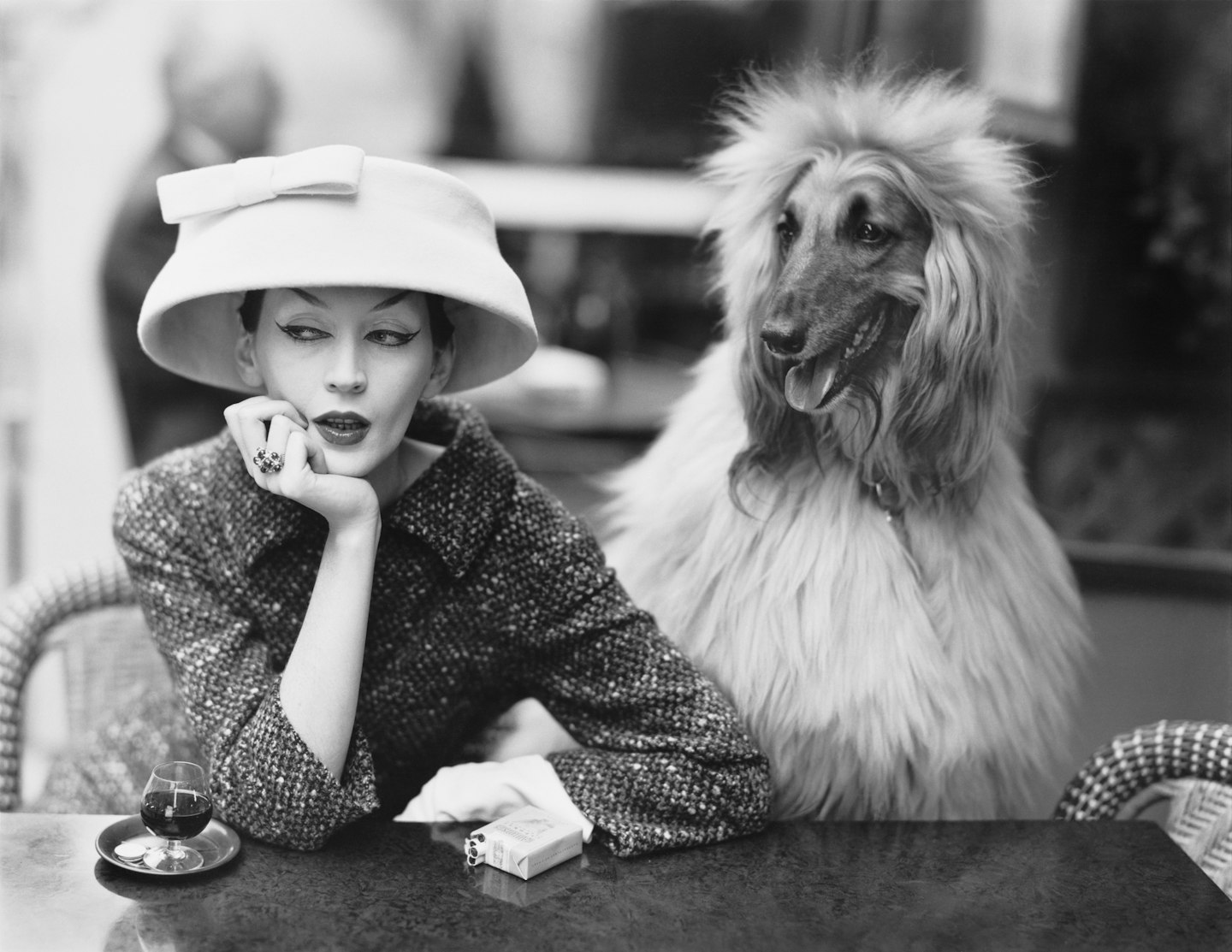
Diversity - not a hot topic in the modelling world in the 1950s - was ever-present on the Balenciaga runway. His could-be up to two-hour long catwalk shows became legendary - ‘he would throw people out if they were talking too loudly’ - due to his house models (dubbed ‘monsters’ by the press). ‘They were really unusual looking themselves,’ Cassie says. ‘They were different shapes, sizes and ages - Balenciaga hand-picked some of the oldest working models in Paris in their 50s. I think the intention was that he had this wide variety of models that any women could see themselves in.’
That being said, his crème de la crème customer was a strong woman with her own sense of style. ‘We have a lot of pieces from Gloria Guinness (society girl and fashion icon in the ‘50s and ‘60s’) and she’s a good example of his ‘ideal’ customer,’ according to Cassie. ‘She had an understated casual chic about her - very self-possessed and elegant. She was a thinking woman, not just a pretty young girl. Her clothes aren’t “showy”. She wore plain things but wore them beautifully.’
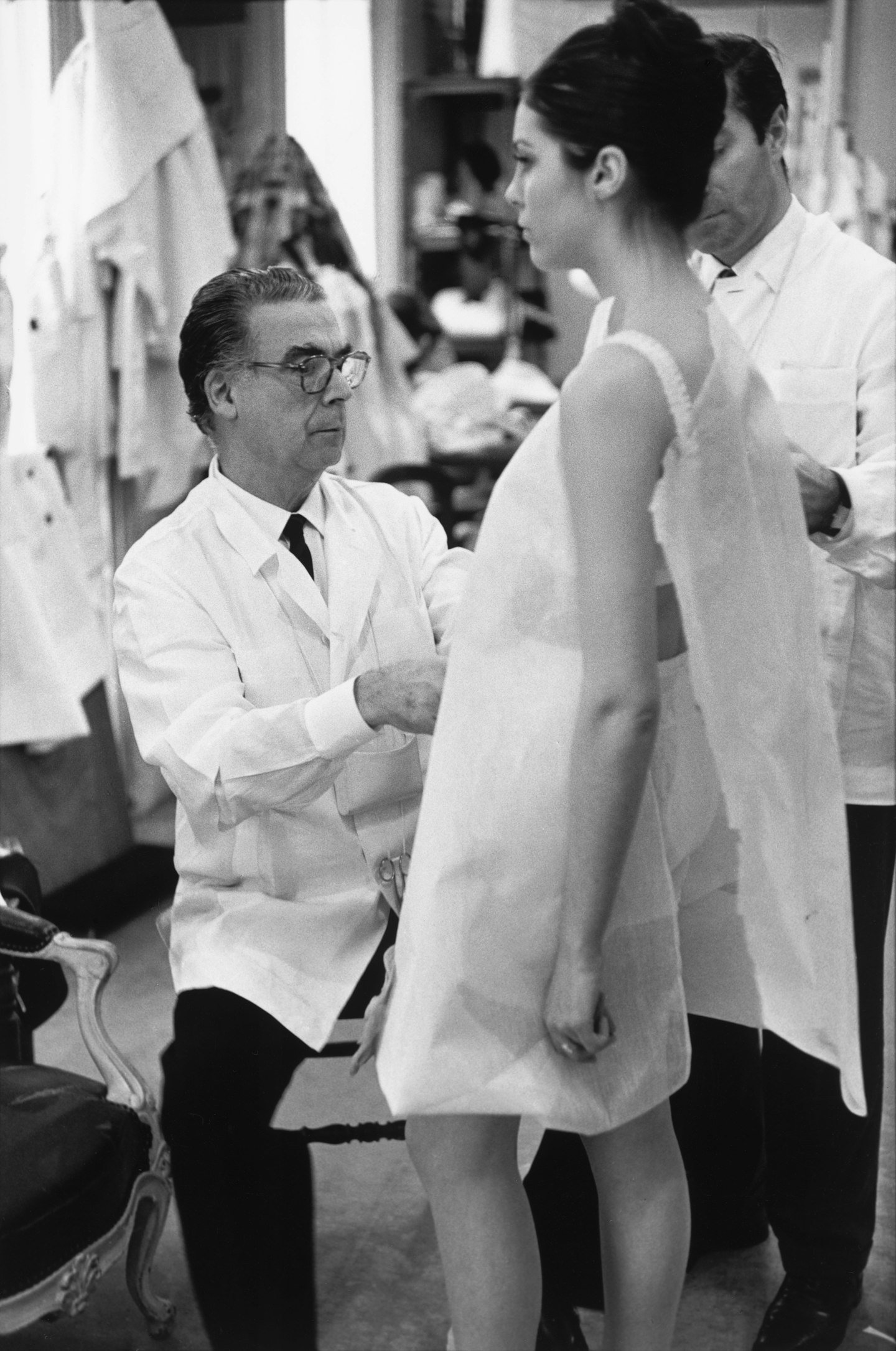
Balenciaga’s approach in his work and life? Less is more. ‘You can’t find his voice anywhere really,’ Cassie says. ‘He only ever gave one interview in his whole career, and that was after he retired in 1972. He was always behind the curtain watching his show and never came out to bow.’ While Christian Dior was writing his autobiography in the first five years of his career, Cristóbal was reluctant to play the fashion game (‘he banned the press from viewing his collections during the first 10 years of his fashion house - which you’d think would be career suicide!’) But it’s this confidence, personal enigma and knowledge is his own ability that would revere him among fellow designers such as Givenchy and Dior.
‘Balenciaga knew his customers inside out,’ Giles Deacon told BoF recently, after designing Pippa Middleton’s wedding dress. While ready-to-wear was taking over the fashion world in the late ‘60s, Balenciaga has zero interest in ‘making pieces of clothing and not knowing the body that was going to be in it.’ For those that question the relevance of haute couture now, the Met Gala's recent love letter to the avant-garde highlights craftsmanship and attention to detail is more popular than its ever been. Balenciaga’s lasting influence is also traced in the second half of the exhibition ‘Balenciaga’s Legacy’ – exploring how he has inspired young designers working today such as Molly Goddard, Simone Rocha and J.W. Anderson.

‘We interviewed Molly [Goddard] and she said she loved that Balenciaga’s work had an “ugliness” to it which makes it all the more beautiful,’ Cassie says. ‘Her work closely reflects the baby doll dress Balenciaga was introducing in 1957. In our collection with have this lantern-like creation in lace that hangs away from the body. It’s almost two separate garments - you can see the shape of your body but it’s almost hidden by a big volume.’
Balenciaga: Shaping Fashion is at the V&A from 27 May 2017 – 18 February 2018, vam.ac.uk/balenciaga
Main image: Alberta Tiburzi in 'envelope' dress by Cristóbal Balenciaga, Harper's Bazaar, June 1967 © Hiro
**READ MORE: In Defence Of Sienna Miller's 'Do Not Fancy Me Clothes' **
READ MORE: Pippa Middleton Chose This Designer To Make Her Wedding Dress
